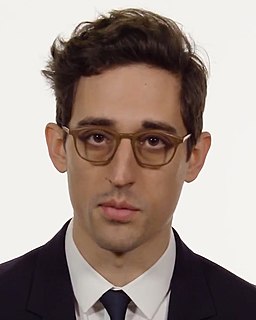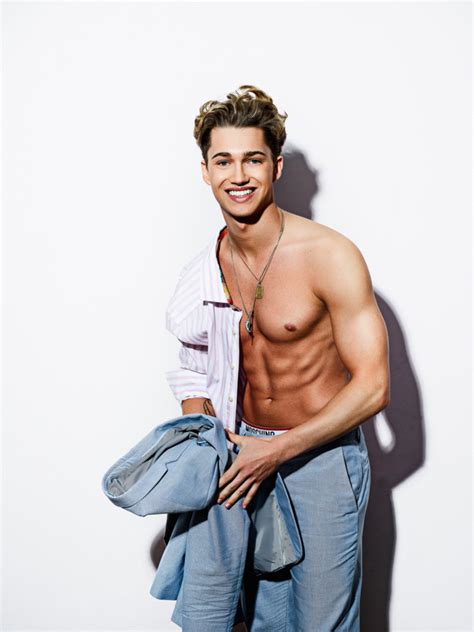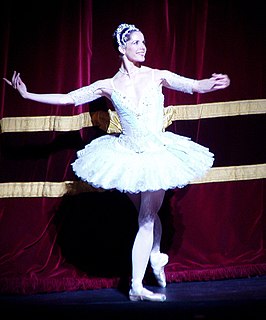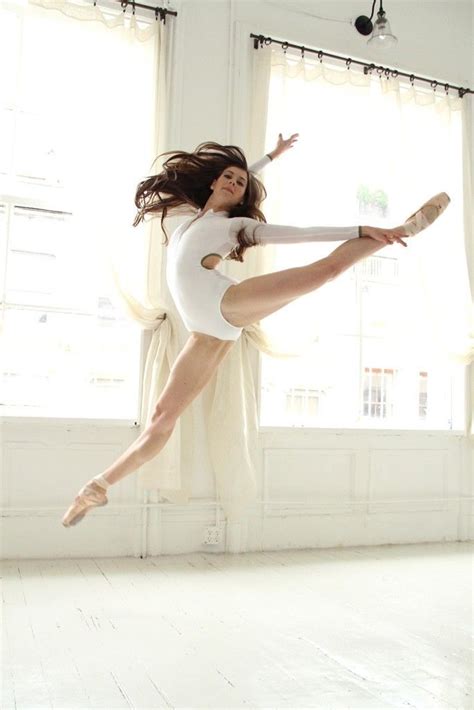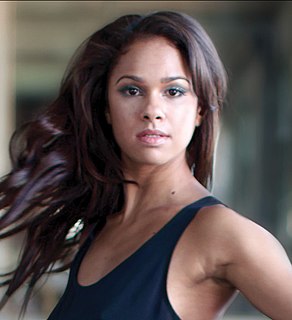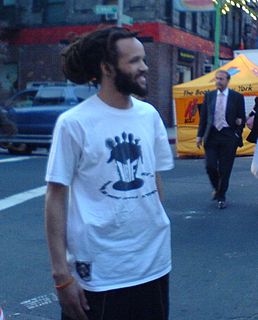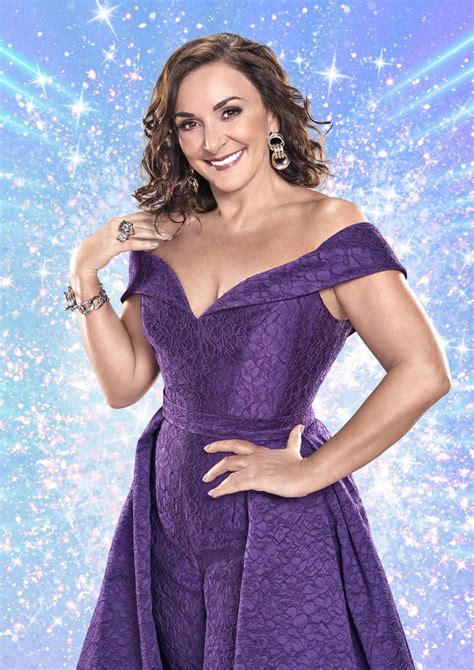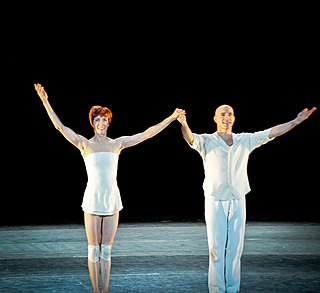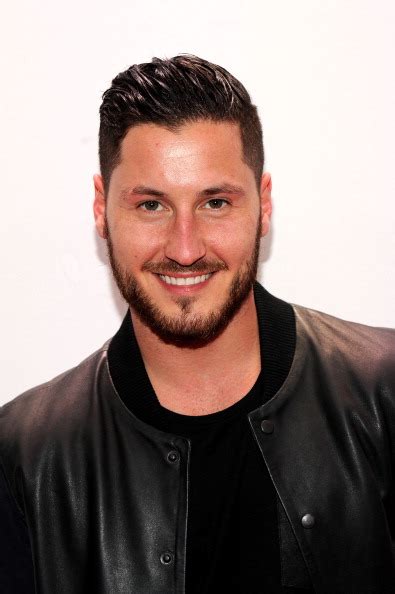Top 57 Quotes & Sayings by Justin Peck
Explore popular quotes and sayings by an American dancer Justin Peck.
Last updated on April 14, 2025.
The future of ballet is really in the hands of the creators, so if it's something that interests them to push the envelope with gender roles, then I think it will change. But if that's not of interest to a dance-maker, if their interest is to sort of preserve the way things have been done for the past 200 years, then nothing is going to change.
There's an innate feeling when I choreograph in juxtaposition to how I feel as a dancer. When I choreograph, I never really look into the mirror. But as dancers, we always check ourselves in the mirror. I do feel that when I choreograph, I am making a dance on my own body. Much of it is my own response to the music.
I've always thought of the process of creating ballets as being this kind of team effort. It's not like being a painter, where you have your paint, and you have canvas, and you just go at it. I'm working with these living, breathing, functioning human beings, and they have their own thoughts and ideas about what works well movement-wise.
I like graceful and elegant partnering that gives an illusion of ease instead of emphasizing difficulty. I don't want to make something 'contemporary' or 'trendy,' because ballet doesn't progress on one track: it can branch out in many directions, and as Balanchine showed, there's always room for pure classicism and more subtle alterations of it.
